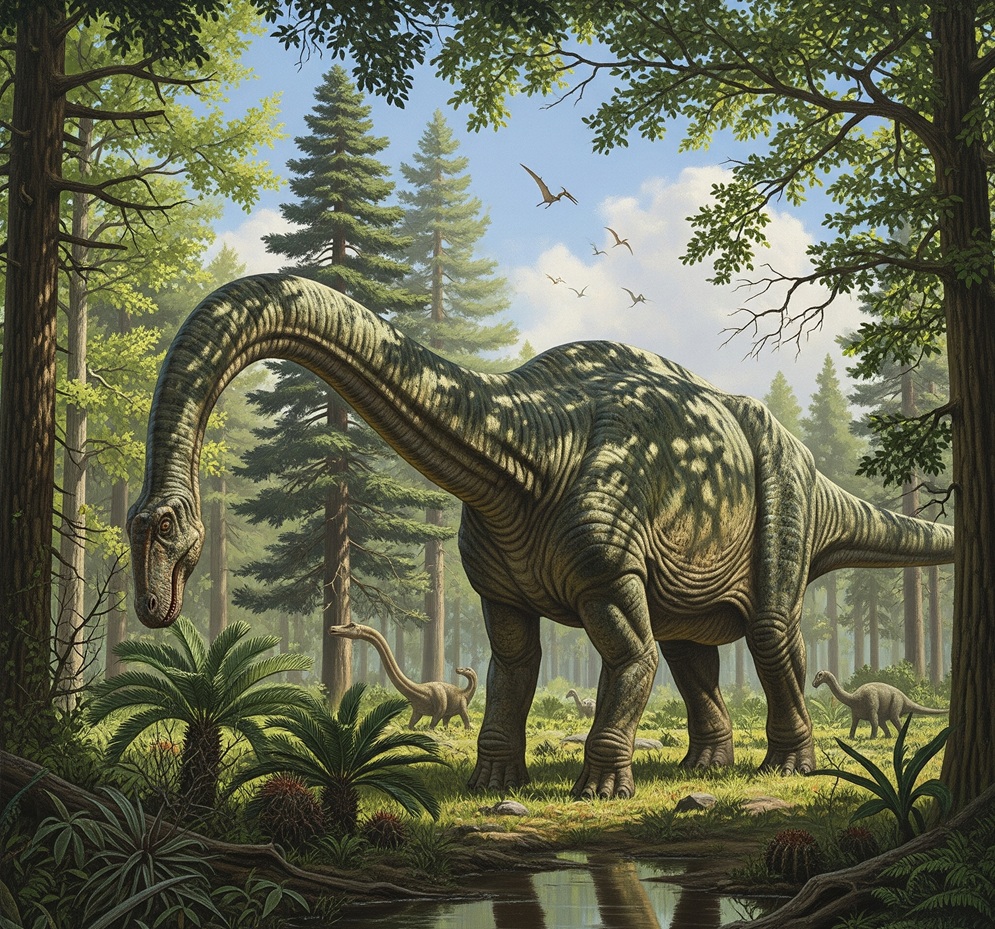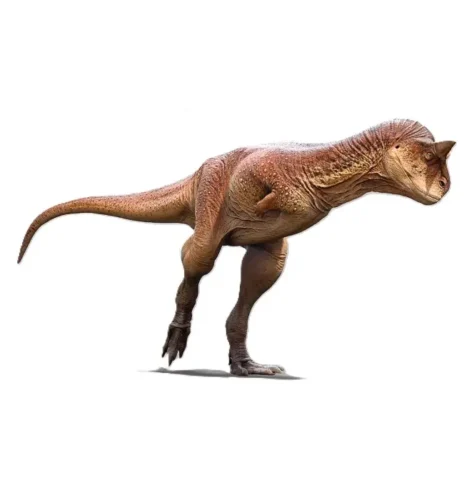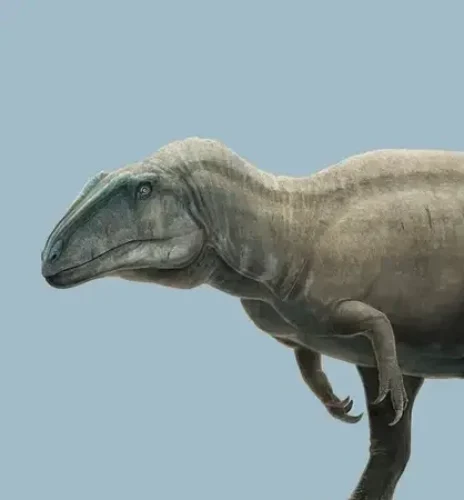When a ranch worker in Patagonia, Argentina, stumbled upon an enormous fossilized bone in 2010, he had no idea he was kickstarting one of the most significant paleontological discoveries of the 21st century. After years of meticulous excavation, paleontologists unveiled Patagotitan mayorum, a titanosaur so colossal it shattered our previous conceptions of what a land animal could be.
Named the “titan from Patagonia,” Patagotitan represents a new benchmark in extreme gigantism. It was a plant-eating behemoth that roamed a lush, forested landscape during the early Cretaceous period, approximately 101 million years ago. While its size is what initially grabs headlines, the story of Patagotitan is rich with fascinating scientific details that continue to shed light on how these magnificent creatures thrived.
Here are five of the most interesting facts about this southern giant:
1. The Largest, Most Complete Sauropod: For years, the title of “world’s largest dinosaur” has been a contentious debate, with contenders like Argentinosaurus and Puertasaurus often cited. However, these claims are based on very fragmentary remains. Patagotitan is different. The discovery at La Flecha Ranch in Argentina unearthed a remarkably complete fossil record from at least six individual dinosaurs. This abundance of material—over 130 bones—allows scientists to make far more reliable and confident size estimates, cementing Patagotitan as the largest, most complete sauropod known to date.
2. A Weighty Debate: While the initial size estimates were staggering, suggesting it weighed as much as 70 metric tons, later research has refined these numbers. Scientists now believe a more accurate weight range is between 42 and 71 tons, with a mean estimate of around 57 tons. This still makes it a true titan, weighing as much as 11 African bush elephants, the largest land animals alive today. The debate over its exact weight highlights the meticulous process of paleontological science, where new formulas and analyses constantly refine our understanding of ancient life.
3. Bones Filled with Air: How could an animal this big support its own weight? The answer lies in its unique anatomy. Like other titanosaurs and modern birds, Patagotitan‘s bones were not solid. They were filled with tiny, air-filled pockets, making them incredibly lightweight for their size. These air chambers were also connected to its respiratory system, making it more efficient for the dinosaur to breathe and distribute oxygen throughout its immense body. This biological innovation was a key adaptation that allowed sauropods to achieve such colossal sizes.
4. A Death in Three Acts: The fossil site at La Flecha Ranch offered an unusual glimpse into the lives and deaths of these animals. Paleontologists discovered that the at least six individuals did not all die at once. Instead, they were found in three distinct sediment layers, corresponding to three separate burial events. This suggests that the dinosaurs died and were buried in the same location due to a series of floods. The discovery of multiple individuals at a single site also provides strong evidence that Patagotitan traveled in herds, exhibiting social behavior.
5. Bigger Than the Blue Whale? While often described as longer than a blue whale, it’s important to put its size into perspective. At an estimated 37.5 meters (122 feet) in length, Patagotitan was indeed longer than most blue whales. However, the blue whale holds the undisputed title of the heaviest animal ever, with some individuals weighing up to 200 metric tons. This comparison highlights the different evolutionary paths of gigantism on land and in the ocean, where water provides buoyancy to support immense weight.
Recent Discoveries and Findings:
Since its official description in 2017, much of the research on Patagotitan has focused on re-analyzing the existing fossil material to better understand its biology.
- Refining the Family Tree: Through detailed phylogenetic analyses, scientists continue to refine the evolutionary relationships of Patagotitan within the Titanosauria clade. These studies have helped to establish an endemic group of giant titanosaurs in Patagonia, showing that a major event of extreme gigantism took place in this specific time and place.
- The Hunt for More Bones: While the existing fossils are remarkably complete, key elements like the skull and feet are still missing. Paleontologists continue to search the Candeleros Formation of Argentina, hoping that future discoveries will provide a more complete picture of Patagotitan‘s anatomy and behavior.
- A New Contender: Recent fossil discoveries in the same region of Argentina have even hinted at the possibility of a new sauropod that may have been even larger than Patagotitan. While this new dinosaur has yet to be officially named or described, it proves that the golden age of dinosaur discovery is far from over.
The story of Patagotitan is a testament to the incredible fossil-rich landscapes of Patagonia and the dedicated paleontologists who continue to unearth the secrets of our planet’s distant past. As a result, the “titan from Patagonia” stands as a powerful reminder of a time when giants truly walked the Earth.
Resources:
- Carballido, J. L., Pol, D., Otero, A., Cerda, I. A., Salgado, L., Garrido, A. C., … & Krause, J. M. (2017). A new giant titanosaur sheds light on body mass evolution among sauropod dinosaurs. Proceedings of the Royal Society B: Biological Sciences, 284(1860), 20171219.
- Novas, F. E., de Valais, S., Vickers-Rich, P., & Rich, T. H. (2005). A large Cretaceous theropod from Patagonia, Argentina, and the evolution of carcharodontosaurids. Naturwissenschaften, 92(5), 226-230.
- Museum exhibitions and educational resources from institutions like the American Museum of Natural History and the Field Museum of Chicago, which house full-scale casts of the Patagotitan skeleton.



